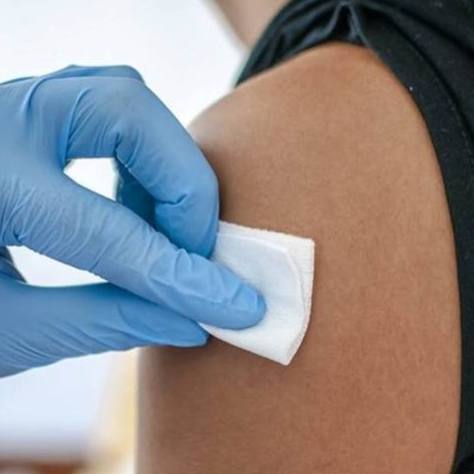-
When Cats Bite: 1 in 3 Patients Bitten in Hand Hospitalized, Infections Common
Middle-aged women were most common cat bite victims
Rochester, Minn. — Feb. 5, 2014 — Dogs aren’t the only pets who sometimes bite the hands that feed them. Cats do too, and when they strike a hand, can inject bacteria deep into joints and tissue, perfect breeding grounds for infection. Cat bites to the hand are so dangerous, 1 in 3 patients with such wounds had to be hospitalized, a Mayo Clinic study covering three years showed. Two-third of those hospitalized needed surgery. Middle-aged women were the most common bite victims, according to the research, published in the Journal of Hand Surgery.
Journalists: sound bites with Dr. Carlsen are available in the downloads.
Why are cat bites to the hand so dangerous? It’s not that their mouths have more germs than dogs’ mouths — or people’s, for that matter. Actually, it’s all in the fangs.
“The dogs’ teeth are blunter, so they don’t tend to penetrate as deeply and they tend to leave a larger wound after they bite. The cats’ teeth are sharp and they can penetrate very deeply, they can seed bacteria in the joint and tendon sheaths,” says senior author Brian Carlsen, M.D., a Mayo Clinic plastic surgeon and orthopedic hand surgeon.
“It can be just a pinpoint bite mark that can cause a real problem, because the bacteria get into the tendon sheath or into the joint where they can grow with relative protection from the blood and immune system,” Dr. Carlsen adds.
The bacteria injected by a cat bite can include a strain common in animals and particularly hard to fight with antibiotics, he says.
In the study, researchers identified 193 Mayo Clinic patients with cat bites to the hand from January 1, 2009, through 2011. Of those, 57 were hospitalized; on average, they were in the hospital three days. Of those hospitalized, 38 needed to have their wounds surgically irrigated, or flushed out, and infected tissue removed, a procedure known as debridement. Eight patients needed more than one operation, and some needed reconstructive surgery.
Of the 193 patients, 69 percent were female, and the mean age was 49. About half of the patients first went to the emergency room, and the others went to primary care. The mean time between the bite and medical care was 27 hours. Patients with bites directly over the wrist or any joint in the hand had a higher risk of hospitalization than people with bites over soft tissue, the study found.
Thirty-six of the 193 patients were hospitalized immediately when they sought medical care, while 154 were treated with oral antibiotics as outpatients and three weren’t treated. The outpatient antibiotic treatment failed in 21 patients, a 14 percent failure rate, and those patients needed to be hospitalized.
The bottom line: Physicians and victims of cat bites to the hand need to take the wounds seriously and carefully evaluate them, Dr. Carlsen says. When patients have inflamed skin and swelling, aggressive treatment should be pursued, he and the other researchers say.
People tend to be more dismissive of cat bites than dog bites, in part because cat bites often look like a pinprick, and dog bites look much worse, Dr. Carlsen says.
That’s a mistake, he says: “Cat bites look very benign, but as we know and as the study shows, they are not. They can be very serious.”
###
About Mayo Clinic
Recognizing 150 years of serving humanity in 2014, Mayo Clinic is a nonprofit worldwide leader in medical care, research and education for people from all walks of life. For more information, visit 150years.mayoclinic.org, MayoClinic.org or https://newsnetwork.mayoclinic.org/.
MEDIA CONTACT: Sharon Theimer, Mayo Clinic Public Affairs, 507-284-5005, Email: newsbureau@mayo.edu
Related Articles








